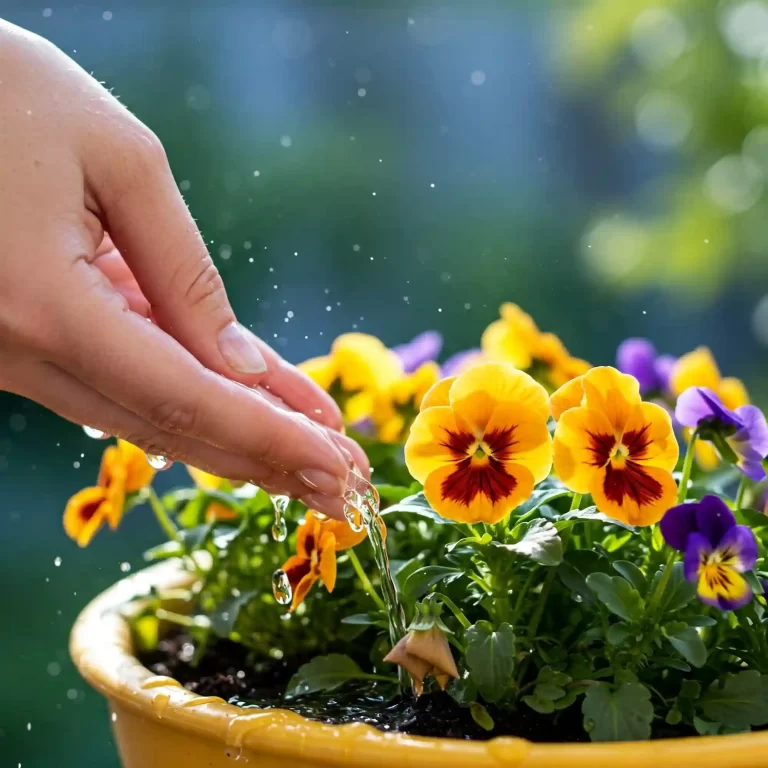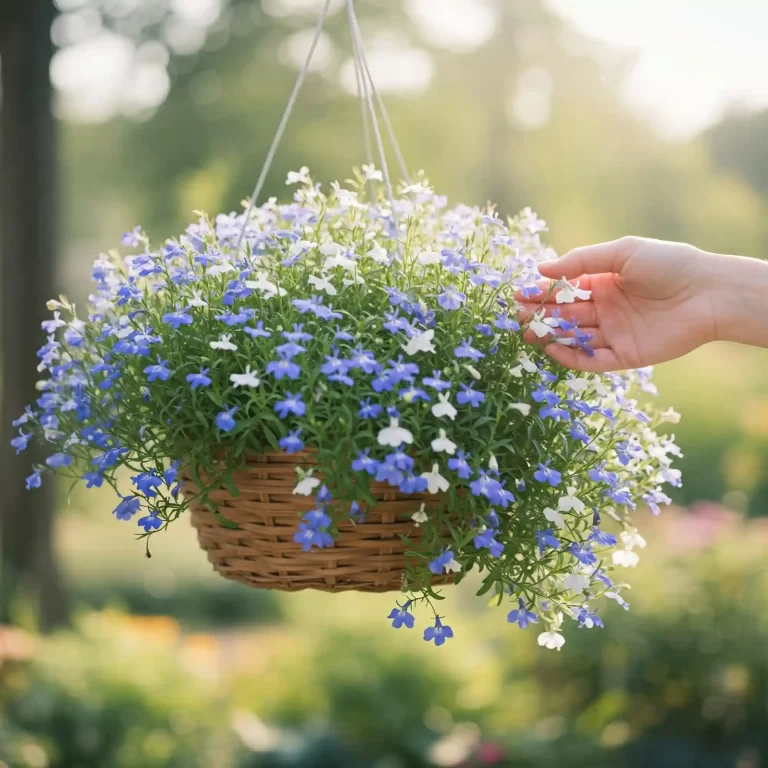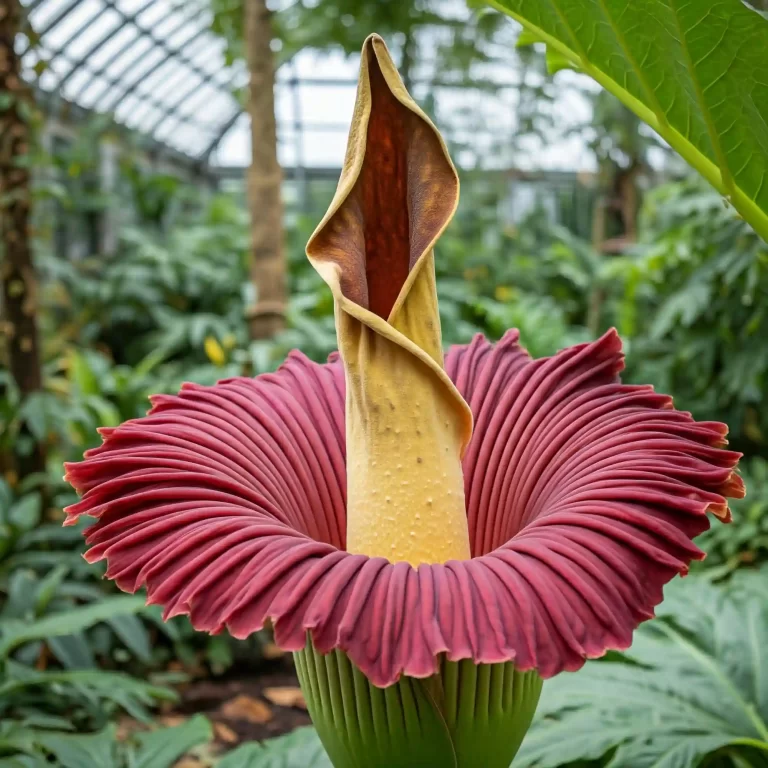Cacti, with their stoic silhouettes and unexpected blooms, have captivated plant enthusiasts for centuries. These iconic desert dwellers have adapted to survive in some of the harshest environments on Earth, yet they can also grace our homes and gardens with their unique beauty. Whether you’re a seasoned gardener or a curious beginner, this comprehensive guide will equip you with the knowledge to cultivate thriving cacti and witness the magic of their floral displays.
Demystifying the Cactus: A World of Diversity

Cacti are a surprisingly diverse group of succulent plants belonging to the Cactaceae family. Originating in the Americas, they have evolved a wide range of shapes, sizes, and adaptations to thrive in arid environments. From the towering saguaro of the Sonoran Desert to the miniature living stones of South Africa, cacti offer a fascinating glimpse into plant evolution.
Common Cactus Characteristics
- Succulence: Cacti store water in their fleshy stems, allowing them to survive extended periods of drought.
- Spines: These modified leaves help conserve water by reducing air circulation and providing shade. Spines can also deter herbivores.
- Shallow Root Systems: Cacti have shallow, wide-spreading root systems that efficiently absorb short bursts of rainfall.
- CAM Photosynthesis: Crassulacean Acid Metabolism allows cacti to take in carbon dioxide at night and convert it into organic acids. This process minimizes water loss during the hot desert days.
Cultivating Cacti Success: Providing the Perfect Environment
While cacti are known for their resilience, providing the right environment is crucial for their health and flowering potential. Here’s a breakdown of the key factors to consider:
Light Requirements
Most cacti thrive in bright, indirect sunlight. South-facing windows are ideal in the Northern Hemisphere, while North-facing windows are preferred in the Southern Hemisphere. Some cacti, like certain desert epiphytic cacti, can tolerate lower light conditions.
Potting Mix and Drainage
Cacti require a well-draining potting mix to prevent root rot. A common cactus mix recipe combines equal parts of potting soil, perlite, and sand. Ensure your pot has drainage holes to allow excess water to escape.
Watering Wisely
Cacti do not require frequent watering. The frequency depends on factors like pot size, temperature, and the type of cactus. A general rule is to water deeply when the soil feels completely dry to the touch, then allow it to dry out completely before watering again. Avoid overwatering, which is the leading cause of cactus death.
A Feast for the Eyes: Encouraging Cactus Blooms
While not all cacti flower readily, witnessing a cactus bloom is a truly rewarding experience. Here are some tips to encourage flower production:
- Provide a Rest Period: Many cacti benefit from a cooler, drier winter rest period. Reduce watering and keep them in a location with slightly cooler temperatures (around 50-55°F).
- Balanced Fertilization: During the growing season, a diluted application of a balanced fertilizer can promote flowering. Opt for a fertilizer formulated for cacti, which are typically low in nitrogen.
- Age and Variety: Some cacti varieties take several years to mature before they flower. Research the specific needs of your cactus to understand its blooming habits.
Beyond Spines: Essential Care for Thriving Cacti
Regular care ensures your cacti remain healthy and have the potential to flower. Here’s an overview of essential practices:
- Repotting: As cacti grow, they may outgrow their pots. Repot them every 2-3 years into a pot that is slightly larger than the previous one.
- Pest and Disease Control:Cacti are generally pest and disease resistant. However, they can be susceptible to mealybugs and fungal diseases if overwatered. Address infestations promptly using organic methods like insecticidal soap or neem oil.
A World of Spines: Popular Cactus Varieties for Your Collection
The world of cacti offers a vast array of shapes, sizes, and blooming habits to suit every gardener’s taste. Here’s a glimpse into some popular varieties:
Popular Flowering Cacti
| Cactus Variety | Bloom Time | Flower Description | Light Requirement |
| Christmas Cactus (Schlumbergera bridgesii) | Winter | Vibrant red, pink, or white flowers | Indirect sunlight |
| Easter Cactus (Hatiora gaertneri) | Spring | Orange, red, or pink flowers | Indirect sunlight |
| Rebutia (Rebutia spp.) | Spring and Summer | Funnel-shaped flowers in various colors | Full sun |
| Echinopsis (Echinopsis spp.) | Spring and Summer | Large, fragrant white flowers | Full sun |
Easy-to-Grow Cacti for Beginners
| Cactus Variety | Description |
| Prickly Pear Cactus (Opuntia spp.) | Flattened pads with colorful flowers |
| Saguaro Cactus (Carnegiea gigantea) | Iconic tall cactus with white flowers (slow-growing) |
| Rattail Cactus (Aporocactus flagelliformis) | Long, slender stems with night-blooming flowers |
| Ponytail Palm (Beaucarnea recurvata) | Bottle-shaped trunk with grass-like leaves (not a true cactus, but similar care requirements) |
These are just a few examples of the many captivating cacti available. With a little research, you can find the perfect cactus to add a touch of desert charm to your garden or indoor space.
Conclusion: The Allure of Cacti – A Lifelong Adventure
The world of cacti offers a unique blend of challenge and reward for gardeners. Their resilience and diverse beauty make them a fascinating addition to any collection. By understanding their specific needs and providing proper care, you can cultivate thriving cacti that will grace your space for years to come. So, why not embark on this adventure and discover the magic of cacti for yourself?



